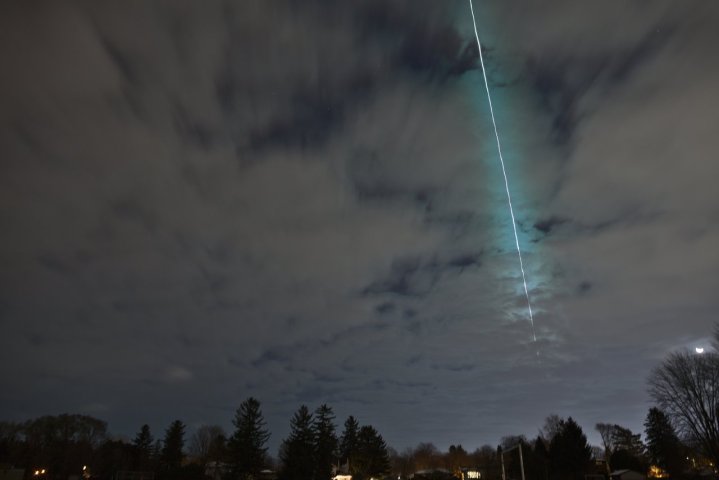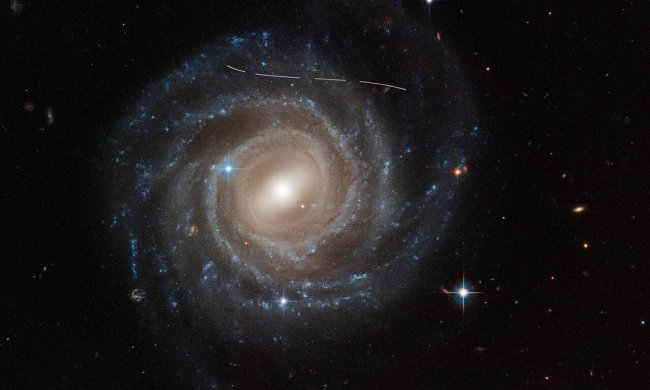This month, a small asteroid hurtled through space toward the Earth and entered the sky above Toronto. Even though it was only around a meter across and burnt up harmlessly in the atmosphere, this asteroid was notable because it was one of the first few asteroids to strike Earth that we knew was coming.
The asteroid, named 2022 WJ1, was first discovered by a project called the Catalina Sky Survey which uses a telescope at the Catalina Station near Tucson, Arizona. It was seen around four hours before it was due to strike Earth, making it just the sixth asteroid to date identified before impacting Earth. The detection was passed to a group called the Minor Planet Center which brings together international data on near-Earth objects and coordinates follow-up observations with astronomers around the world.

Even though this particular asteroid was small and harmless, being able to detect it and warn others about its arrival before impact is an important step in sharpening Earth’s planetary defense strategies.
“The planetary defense community really demonstrated their skill and readiness with their response to this short-warning event,” said NASA’s Kelly Fast, Near-Earth Object Observations program manager for the Planetary Defense Coordination Office (PDCO), in a statement. “Such harmless impacts become spontaneous real-world exercises and give us confidence that NASA’s planetary defense systems are capable of informing the response to the potential for a serious impact by a larger object.”
Interest in planetary defense has been raised recently by the test of the DART spacecraft, which succeeded in changing the orbit of an asteroid by crashing into it.
However, being able to redirect an asteroid is only half of the problem — the other half is spotting potentially hazardous asteroids which threaten the planet. These need to be identified in time to send out a mission like DART, which would require years of advanced notice. Upcoming programs like the NEO Surveyor mission will work to spot these objects before they get close to Earth, working alongside current missions like NEOWISE.



